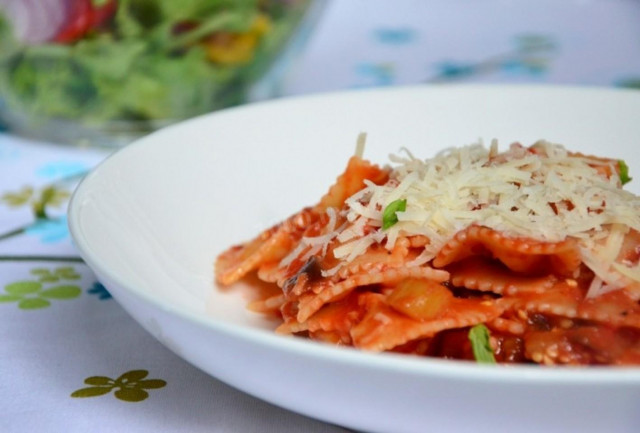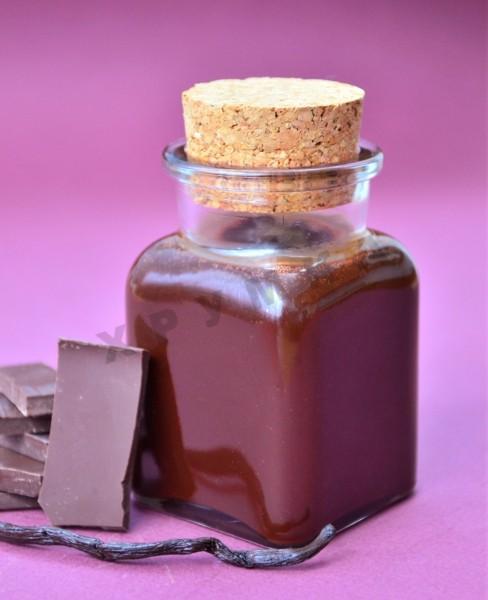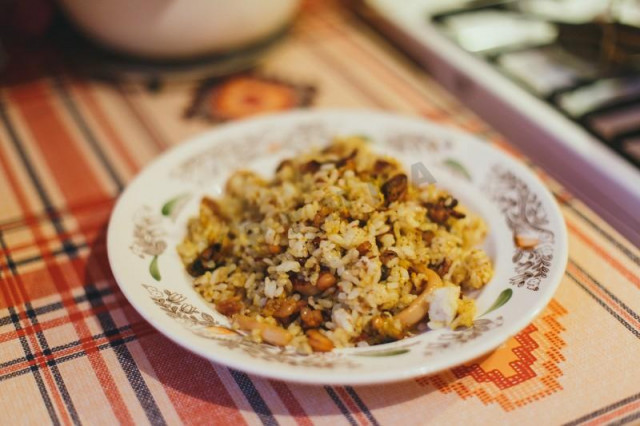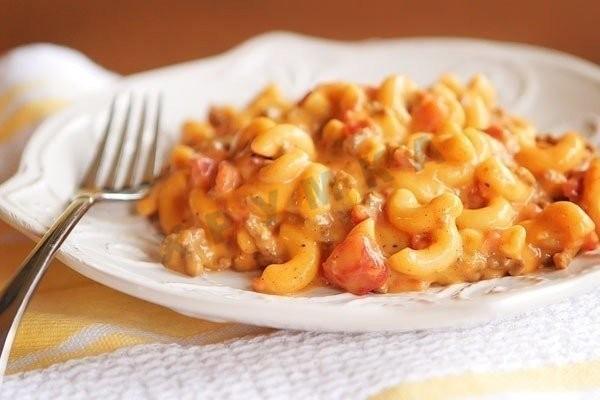Composition / ingredients
Step-by-step cooking
Step 1:
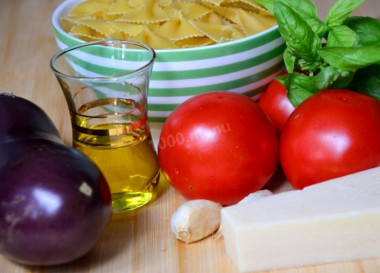
How to make pasta with eggplant? For cooking, we will need pasta - I have butterflies, but any others will do. Tomatoes instead of fresh ones, like mine, you can take canned ones in their own juice. Instead of olive oil, you can use any other vegetable oil. Pick up strong, fleshy eggplants. Wash the vegetables well in advance and dry them.
Step 2:

Cut the eggplant into small cubes right with the skin.
Step 3:
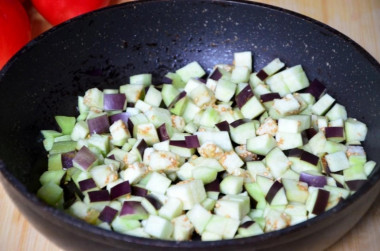
Heat olive oil in a frying pan. Transfer the eggplants and fry them for 3-5 minutes, stirring from time to time. Try not to add more oil than indicated in the recipe, because eggplants absorb it very much. And if you add extra oil, the dish may turn out too greasy.
Step 4:
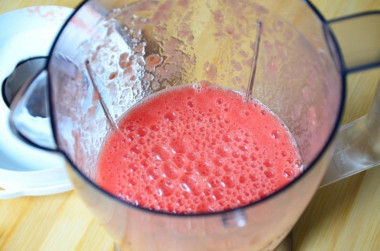
While the eggplants are frying, peel the tomatoes and chop them in a combine in a puree.
Step 5:
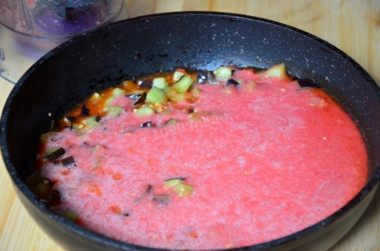
Pour the tomato puree into the pan with the eggplant and simmer for 10-15 minutes until the eggplant is fully cooked and the sauce evaporates.
Step 6:
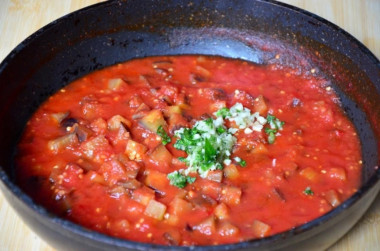
Chop garlic and basil leaves finely with a knife and add to the eggplant. Season with salt, pepper and, if the tomatoes are sour, add a pinch of sugar.
Step 7:
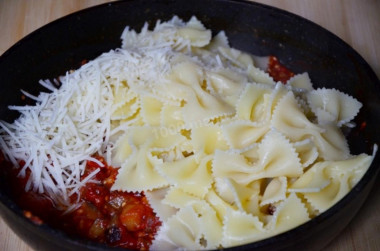
Boil pasta (any to your taste) in a large amount of salted water until ready or half-cooked (al dente). Add the finished pasta to the eggplant, pour in a handful of grated parmesan (you can add another hard cheese or not at all), mix everything thoroughly and serve immediately to the table.
Step 8:

Bon appetit!
How to boil pasta properly? Take a spacious saucepan, pour water at the rate of 100 grams of pasta 1 liter of water. The main thing is that the products float freely in the liquid. Add salt to taste. Bring the water to a boil. It is important to put the pasta in boiling water, otherwise they may stick together. Cook over medium heat, stirring occasionally, until fully cooked or al dente (cooking time is always indicated on the package). Put the finished pasta in a colander and let the liquid drain. It is not necessary to rinse the finished pasta with water. If you do not plan to immediately mix the pasta with the sauce, then in order to avoid sticking hot pasta, you can send them from the colander back into the pan and add a teaspoon of olive oil (or a piece of butter)and mix gently.
Use oil with a high smoking temperature for frying! Any oils are useful only until a certain temperature is reached - the point of smoking, at which the oil begins to burn and toxic substances, including carcinogens, are formed in it.
Unrefined oils, with rare exceptions, have a low smoking point. There are a lot of unfiltered organic particles in them, which quickly begin to burn.
Refined oils are more resistant to heating, and their smoking point is higher. If you are going to cook food in the oven, on a frying pan or grill, make sure that you use oil with a high smoking point. The most common of the oils with a high smoking point: refined varieties of sunflower, olive and grape.
Caloric content of the products possible in the composition of the dish
- Tomatoes - 23 kcal/100g
- Eggplant - 24 kcal/100g
- Pasta, premium, fortified - 337 kcal/100g
- Pasta, premium, dairy - 309 kcal/100g
- Pasta, premium grade, egg - 342 kcal/100g
- Pasta made from flour of the 1st grade - 333 kcal/100g
- Pasta made of flour in / with - 338 kcal/100g
- Boiled pasta - 135 kcal/100g
- Pasta - 338 kcal/100g
- Garlic - 143 kcal/100g
- Fresh basil - 27 kcal/100g
- Dried basil - 251 kcal/100g
- Granulated sugar - 398 kcal/100g
- Sugar - 398 kcal/100g
- Salt - 0 kcal/100g
- Olive oil - 913 kcal/100g
- Ground hot pepper - 21 kcal/100g
- Parmesan cheese 45% fat content - 389 kcal/100g

